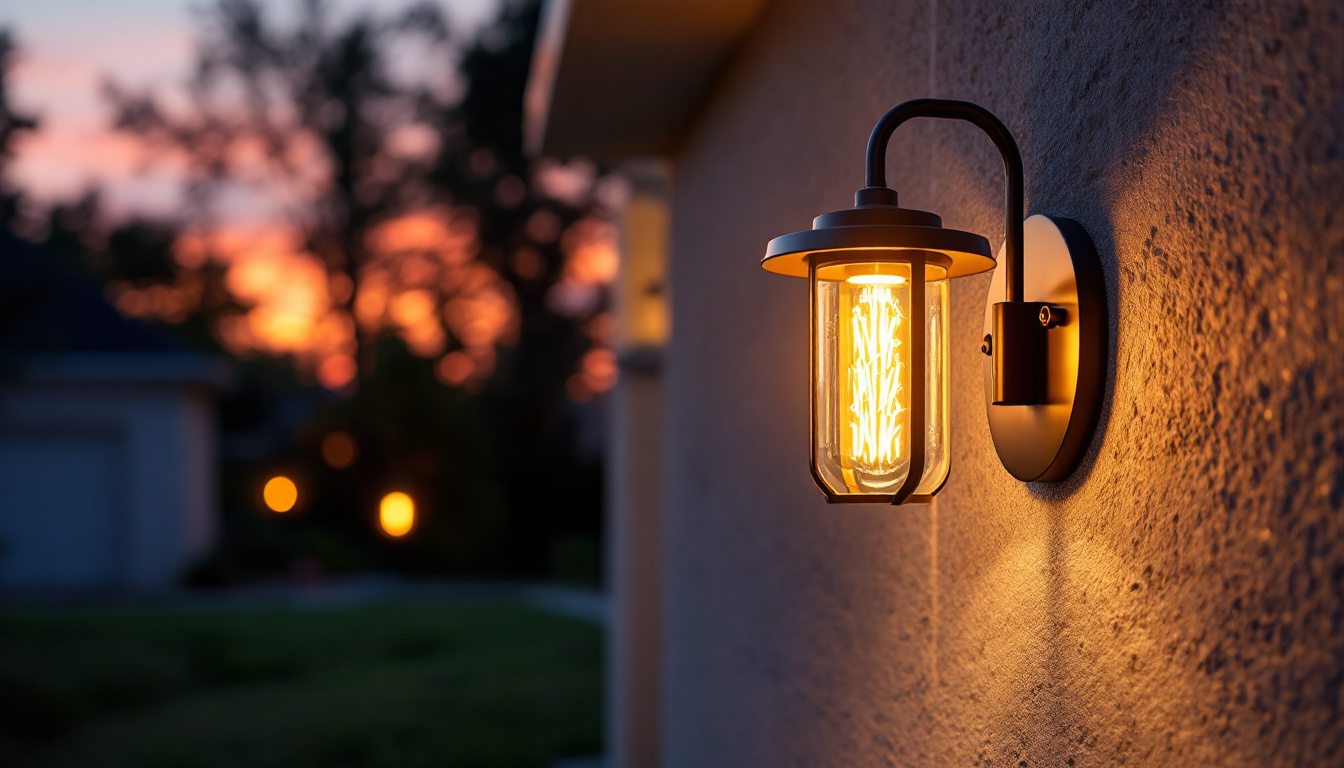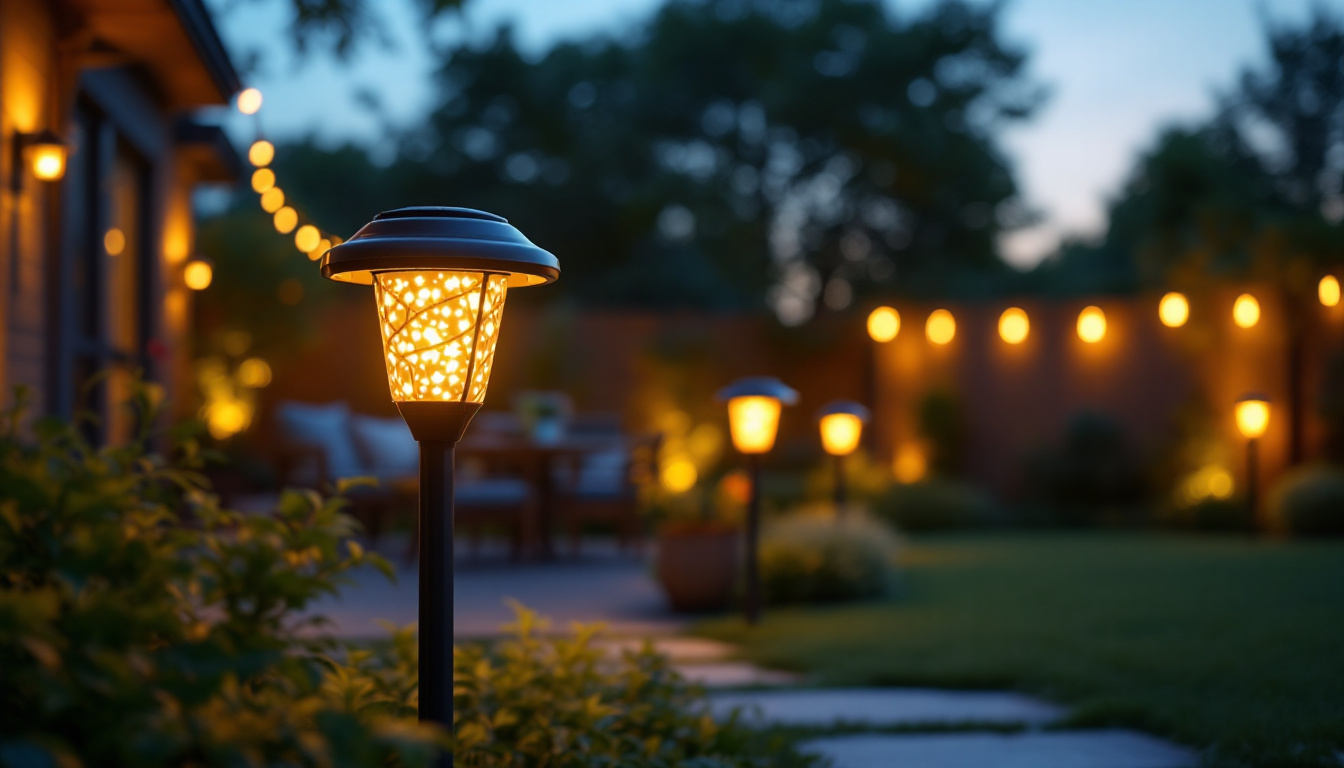
In the realm of commercial and residential lighting projects, the shift towards LED technology has been transformative. Among the various LED options, 2 foot LED bulbs designed to operate without ballasts have garnered significant attention. These bulbs, sometimes referred to as ballast bypass or direct wire LED tubes, eliminate the need for a traditional ballast, streamlining installation and enhancing overall system efficiency.
Traditional fluorescent lighting systems rely heavily on ballasts to regulate current and provide the necessary voltage to start and operate the lamp. However, ballasts can introduce inefficiencies, require maintenance, and sometimes fail prematurely. By contrast, 2 foot LED bulbs without ballasts bypass this component entirely, connecting directly to the line voltage. This fundamental difference offers several advantages that are particularly relevant for lighting contractors seeking to optimize project outcomes.
Ballasts serve as control devices in fluorescent lighting systems, managing the current flow to the lamp. They ensure the lamp receives the correct voltage and current to start and maintain stable illumination. However, ballasts come with drawbacks: they consume additional energy, generate heat, and have a limited lifespan requiring replacement over time.
For lighting contractors, ballasts add complexity to installation and maintenance. When upgrading or retrofitting lighting systems, dealing with existing ballasts can increase labor time and costs. Additionally, ballast compatibility issues can arise when mixing new LED tubes with older fixtures, potentially leading to flickering or reduced lamp life.
Unlike traditional LED tubes designed to work with existing ballasts (known as plug-and-play or ballast-compatible LEDs), no-ballast LED tubes require the ballast to be removed or bypassed during installation. The fixture wiring is modified so that the LED tube connects directly to the line voltage, effectively simplifying the electrical pathway.
This direct wiring approach eliminates ballast-related energy losses and potential points of failure. The LED driver integrated within the bulb regulates the current internally, ensuring consistent performance and longevity. For contractors, this means fewer components to troubleshoot and maintain, resulting in more reliable lighting systems.
Moreover, the increased efficiency of 2 foot LED bulbs without ballasts translates to significant energy savings over time. These bulbs typically consume less wattage compared to their fluorescent counterparts, which not only reduces electricity bills but also contributes to a lower carbon footprint. This eco-friendly aspect is particularly appealing to businesses aiming to enhance their sustainability practices. Additionally, the longevity of LED technology means that these bulbs can last up to 50,000 hours or more, drastically reducing the frequency of replacements and the associated disposal concerns of traditional fluorescent tubes.
Another compelling feature of ballast-free LED tubes is their versatility in various applications. They can be used in a wide range of settings, from office spaces and retail environments to warehouses and garages. Their ability to provide bright, consistent light without the flickering often associated with fluorescent tubes makes them an ideal choice for environments where visual clarity is paramount. Furthermore, many of these LED tubes come in different color temperatures, allowing contractors to select the perfect ambiance for each unique space, whether it’s a warm light for a cozy atmosphere or a cooler light for a more focused work environment.
Adopting 2 foot LED bulbs without ballasts can substantially increase the efficiency of lighting projects, both in terms of energy consumption and project execution. Understanding these efficiency gains helps contractors make informed decisions that benefit clients and enhance their service offerings.
Ballasts typically consume between 5 to 15 watts per fixture, depending on type and age. By removing the ballast, this parasitic energy draw is eliminated, resulting in immediate energy savings. When combined with the inherently lower wattage of LED technology compared to fluorescent lamps, the overall reduction in power consumption can be significant.
For example, a 2 foot fluorescent tube with a magnetic ballast might consume around 32 watts, including ballast losses, whereas a direct wire 2 foot LED tube may consume only 18 to 20 watts. Over a large installation, such as an office building or retail space, these savings accumulate rapidly, reducing electricity bills and lowering the carbon footprint of the facility.
Installing 2 foot LED bulbs without ballasts simplifies the wiring process. Contractors avoid the need to test, repair, or replace existing ballasts, which can be time-consuming and sometimes hazardous due to ballast age and condition. This reduction in labor translates to lower installation costs and faster project completion.
Maintenance is also easier since ballasts are common points of failure in fluorescent systems. Eliminating ballasts reduces the frequency of component replacements, minimizing downtime and service calls. For contractors managing multiple sites, this reliability enhances client satisfaction and reduces operational headaches.
Direct wire LED tubes often provide better light quality, with higher color rendering indexes (CRI) and more consistent color temperatures compared to fluorescent lamps. This improvement enhances the visual environment, benefiting occupants and aligning with modern lighting standards.
Additionally, many no-ballast LED tubes are compatible with dimming controls and smart lighting systems, offering contractors opportunities to integrate advanced lighting solutions. These capabilities contribute to energy savings and user comfort, further increasing the value proposition of LED upgrades.
While the benefits of 2 foot LED bulbs without ballasts are compelling, contractors must consider several practical factors to ensure successful implementation and client satisfaction.
Not all existing fluorescent fixtures are suitable for direct wire LED tubes without modification. Contractors need to assess the fixture type, wiring configuration, and condition before proceeding. In some cases, rewiring or fixture replacement may be necessary to comply with electrical codes and ensure safety.
Proper labeling and documentation of modified fixtures are essential to avoid confusion during future maintenance. Clear instructions should be provided to building owners or maintenance personnel regarding the removal of ballasts and the use of compatible LED tubes.
Electrical codes and standards vary by region but generally require that ballast bypass installations meet specific wiring and safety criteria. Contractors must be familiar with local regulations and ensure that all work is performed by qualified personnel.
Using LED tubes certified for ballast bypass applications and following manufacturer guidelines helps maintain compliance and reduces liability. Additionally, contractors should verify that the LED products carry appropriate safety certifications such as UL or ETL listings.
While no-ballast LED tubes can reduce installation and operational costs, the initial expense of rewiring and purchasing compatible bulbs should be clearly communicated to clients. Providing a detailed cost-benefit analysis, including energy savings projections and maintenance reductions, helps clients make informed decisions.
Contractors can leverage these analyses to position themselves as trusted advisors, demonstrating expertise and commitment to delivering long-term value. Transparent communication about potential challenges and benefits fosters client confidence and supports successful project outcomes.
Real-world examples illustrate how 2 foot LED bulbs without ballasts can enhance lighting project efficiency across various sectors.
A mid-sized office building replaced its aging fluorescent fixtures with 2 foot LED tubes that required ballast removal. The retrofit resulted in a 40% reduction in lighting energy consumption, translating to thousands of dollars in annual savings. The simplified wiring reduced installation time by 30%, enabling the project to be completed over a weekend with minimal disruption.
Maintenance calls related to ballast failures dropped to zero, and occupant feedback highlighted improved lighting quality and comfort. The building management reported a positive return on investment within 18 months.
A retail chain upgraded multiple stores using direct wire 2 foot LED tubes. The elimination of ballasts simplified inventory management and reduced the need for ballast replacements. Energy audits showed a 35% decrease in lighting energy use, contributing to corporate sustainability goals.
The consistent color temperature and improved CRI enhanced product displays, positively impacting customer experience and sales. Contractors noted that the streamlined installation process allowed for rapid deployment across multiple locations.
An educational institution upgraded classrooms and hallways with ballast bypass LED tubes. The project improved lighting uniformity and reduced flicker issues associated with aging ballasts. Energy savings of over 30% were documented, and the facility benefited from reduced maintenance demands.
The direct wire approach allowed for phased implementation, minimizing disruption to classes. Facility managers appreciated the reliability and ease of managing the new lighting systems.
For lighting contractors, the adoption of 2 foot LED bulbs without ballasts represents a strategic opportunity to enhance project efficiency, reduce costs, and deliver superior lighting solutions. By eliminating ballast-related energy losses and maintenance challenges, these LED tubes streamline installation and improve system reliability.
Careful assessment of fixture compatibility, adherence to electrical codes, and clear client communication are critical to successful implementation. When executed properly, ballast bypass LED lighting upgrades can yield significant energy savings, faster project timelines, and improved occupant satisfaction.
As the lighting industry continues to evolve, embracing innovative technologies like 2 foot LED bulbs without ballasts positions contractors at the forefront of efficiency and sustainability, ultimately driving business growth and client trust.
Ready to take your lighting projects to the next level? LumenWholesale is here to support you with premium, spec-grade 2 foot LED bulbs without ballasts, ensuring you deliver on efficiency and performance. Say goodbye to unnecessary markups and hello to our unbeatable wholesale prices, with the added benefit of free shipping on bulk orders. Elevate your lighting solutions today and enjoy the perfect combination of quality, value, and convenience. Discover our extensive selection and start saving now by visiting Wholesale Lighting at the Best Value.

Discover why lighting contractors should prioritize lighted dimmer switches in their projects.

Discover the ultimate resources lighting contractors rely on to master ceiling fan controls.

Discover the essentials of outdoor house lighting in just five minutes with this quick guide tailored for lighting contractors.

Discover expert tips and insights for lighting contractors on selecting and installing solar night lights outdoors.